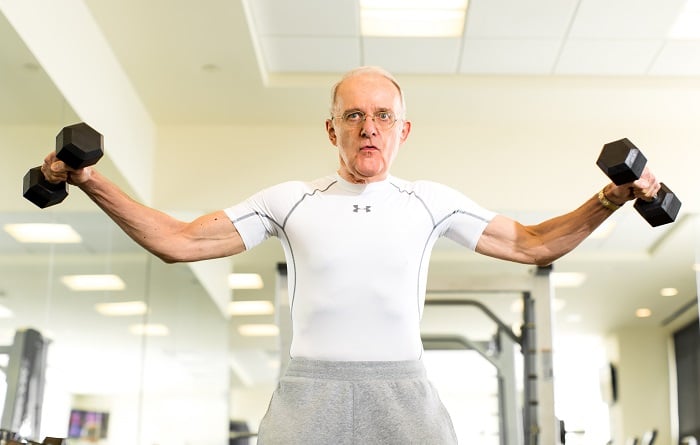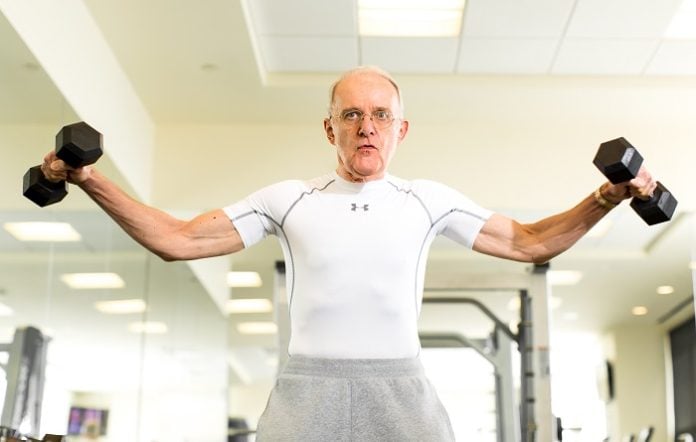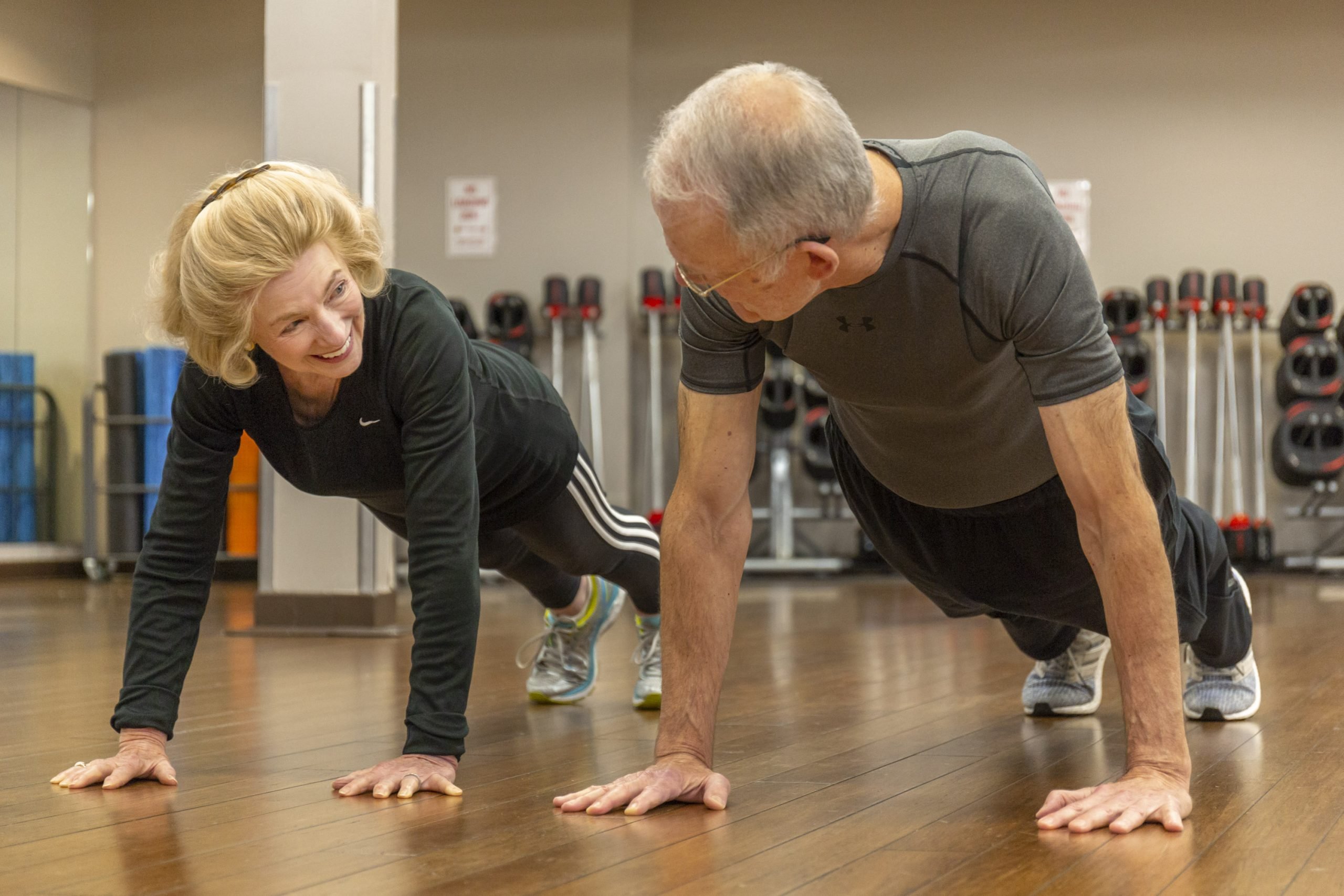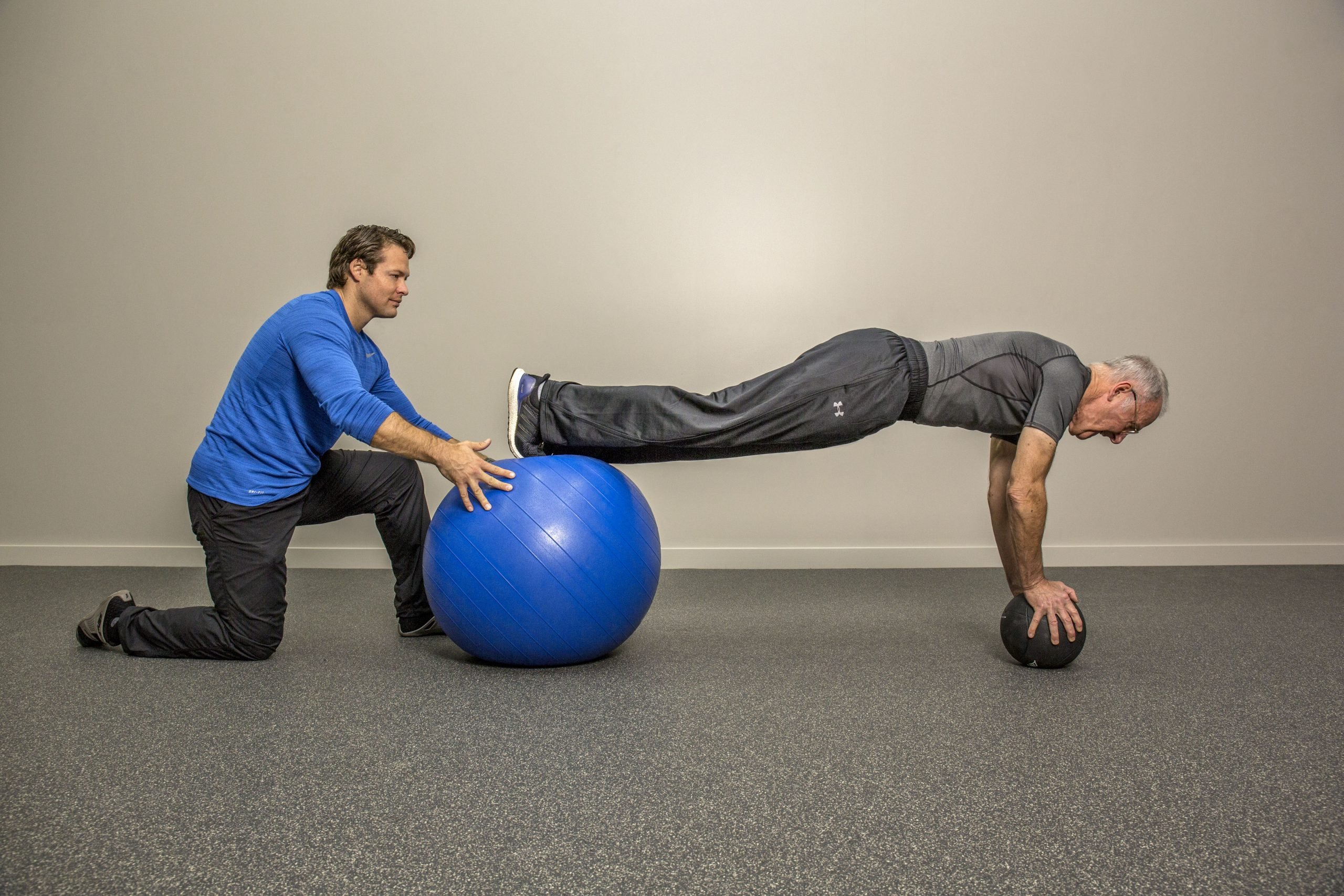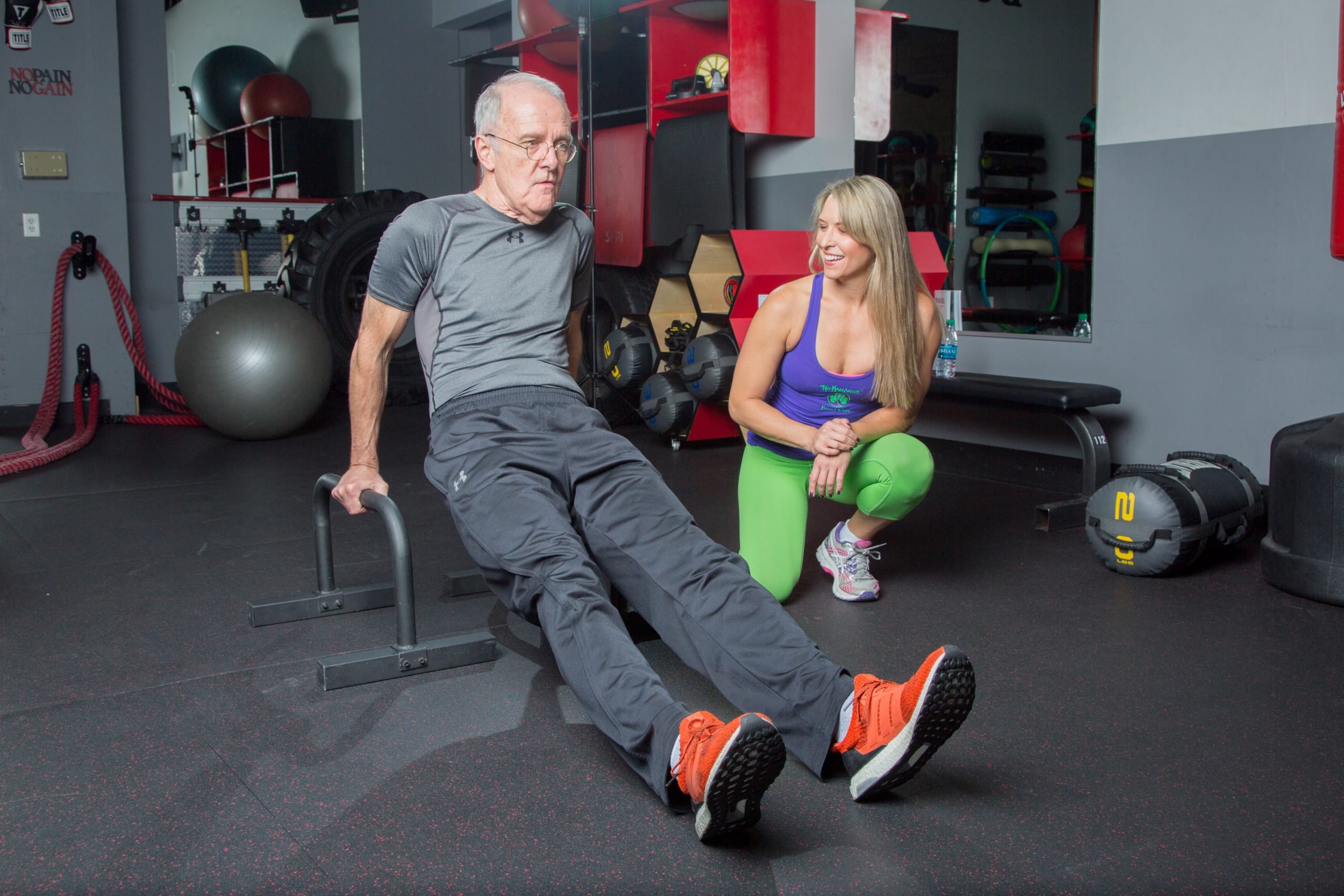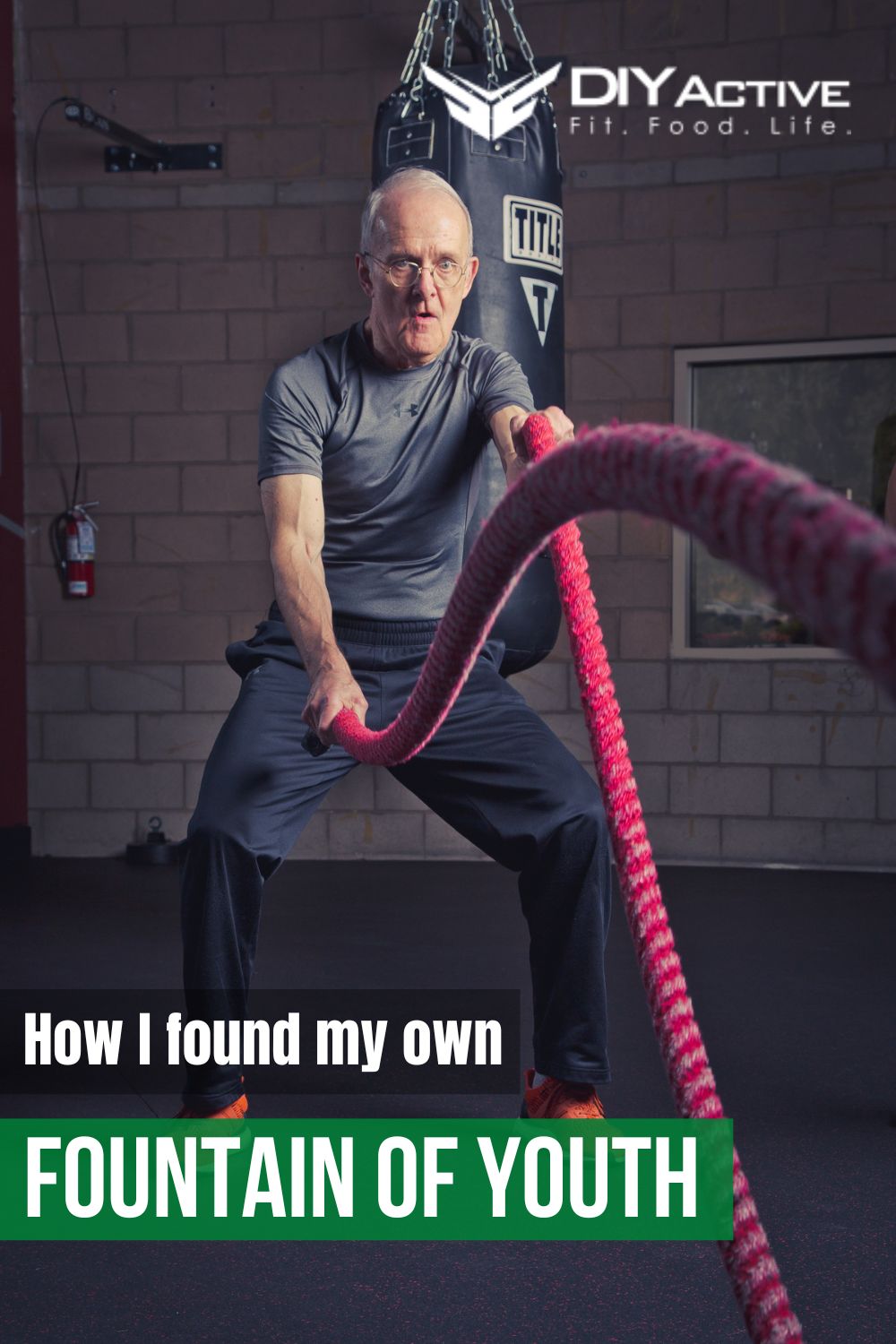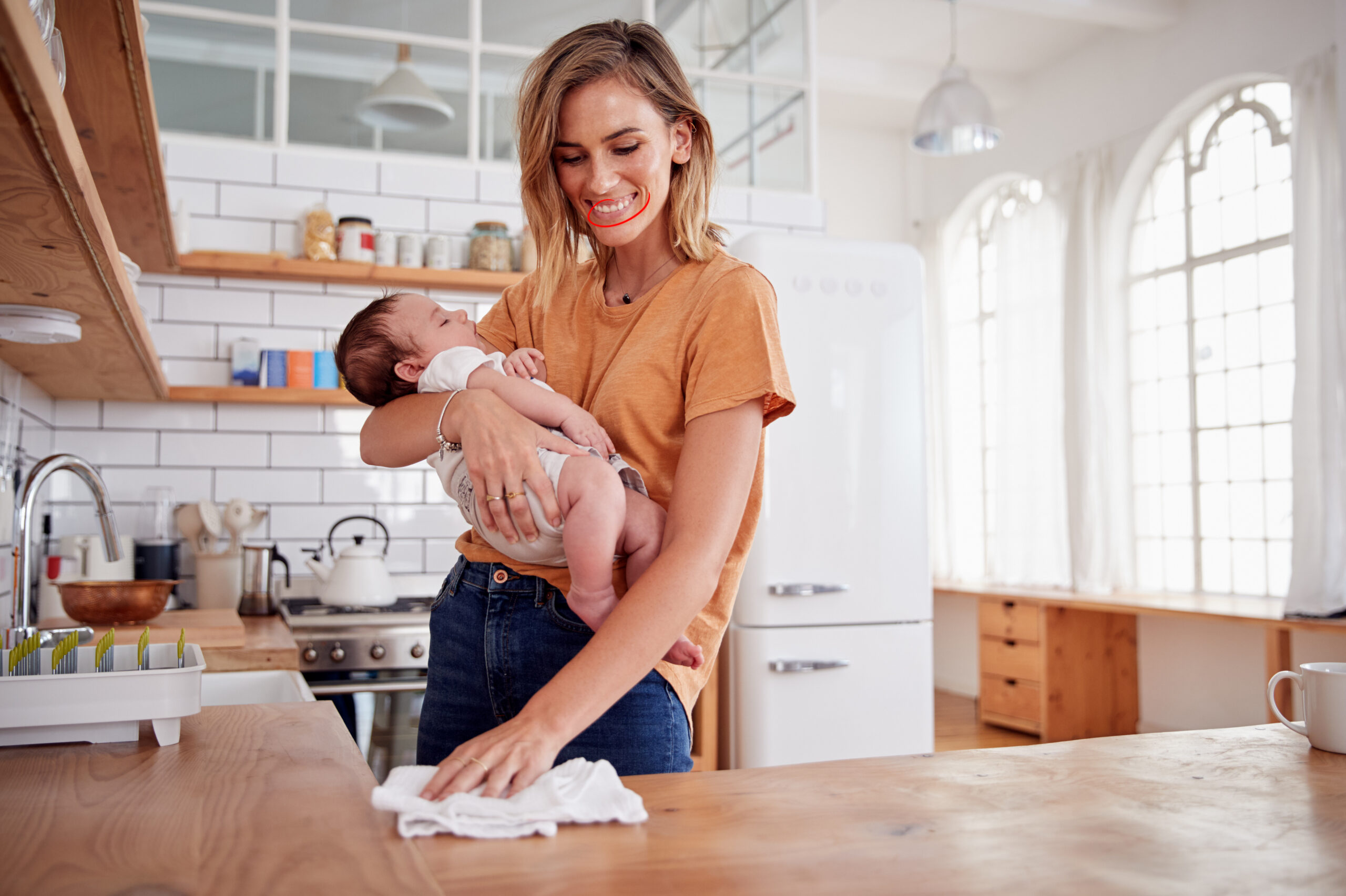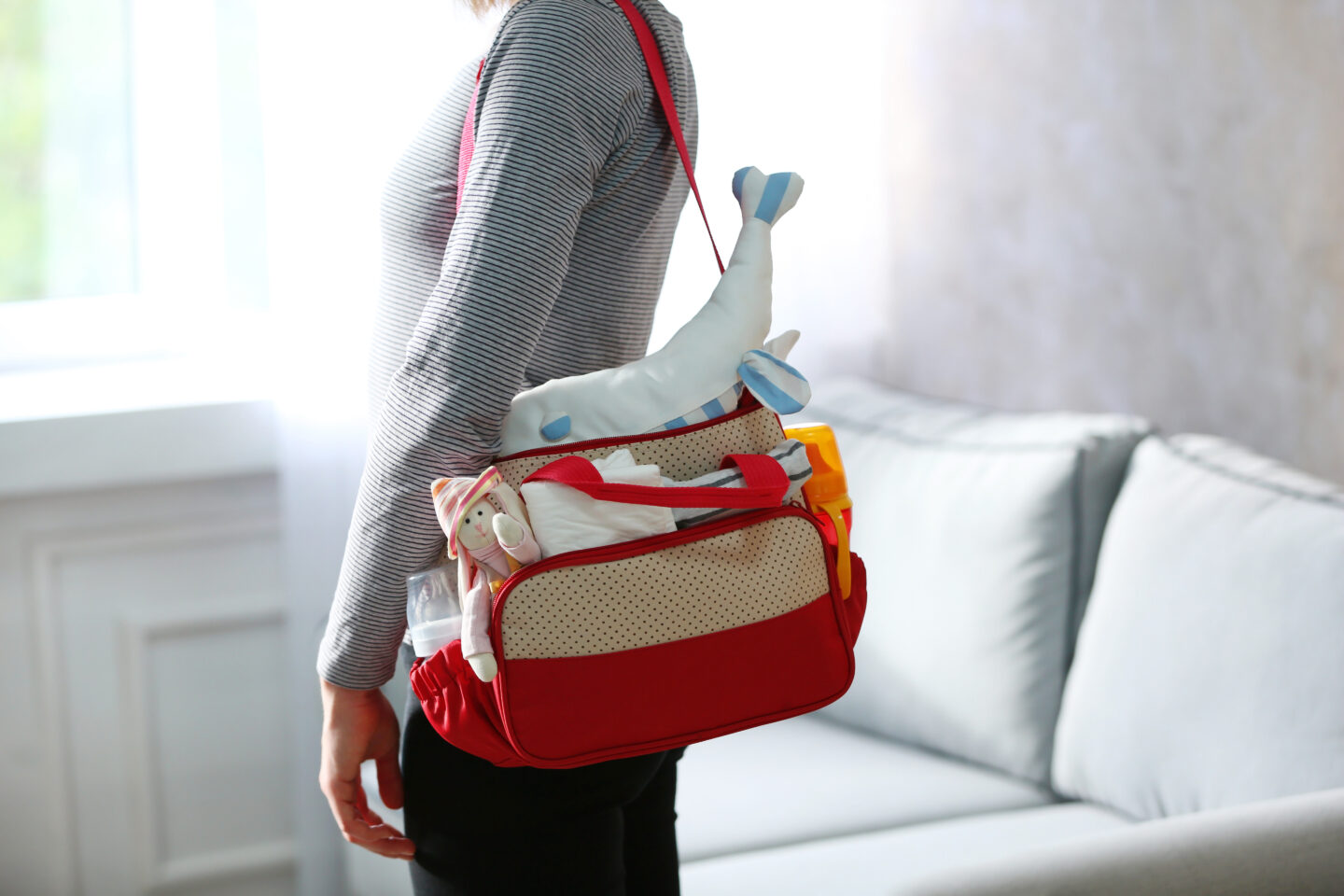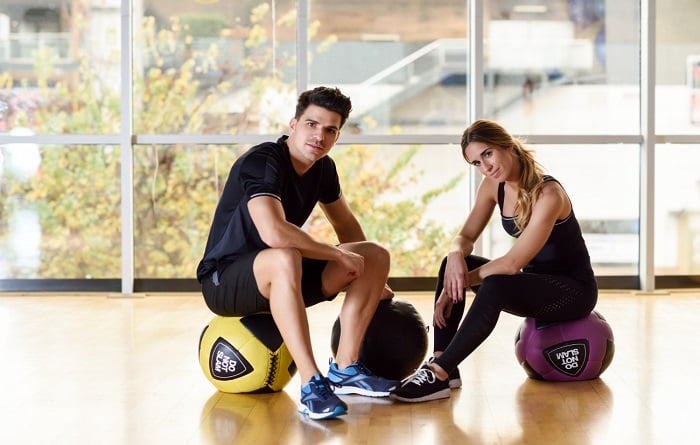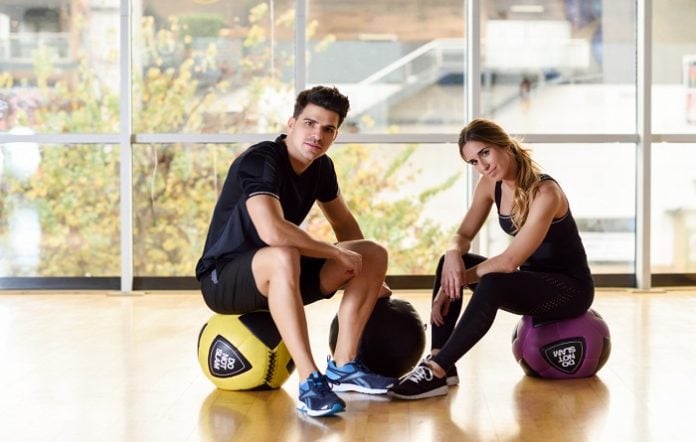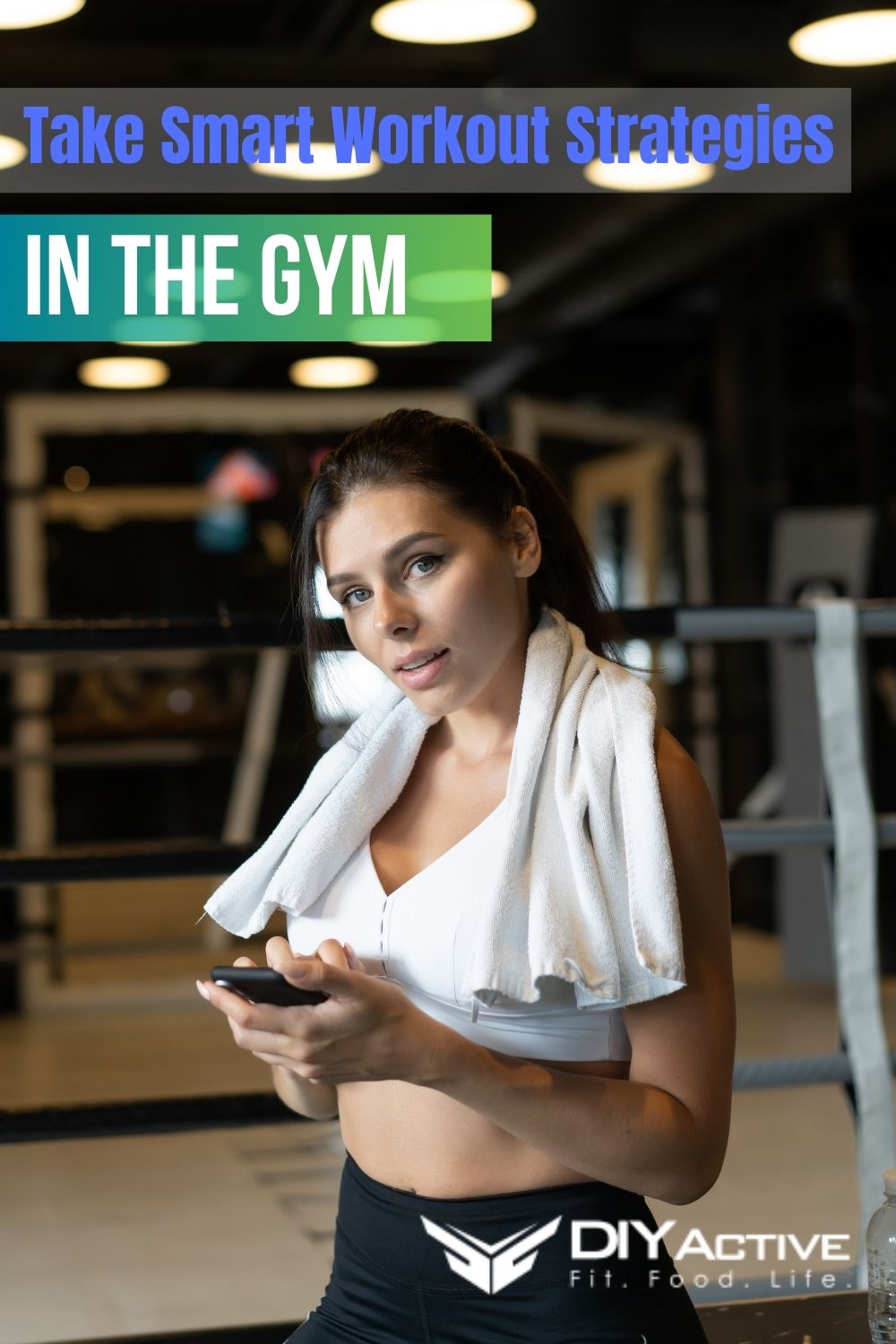
Most fitness modalities target muscles, but what about the joints? When we see muscular definition, we assume that everything else is healthy and functional. But that’s not always the case. I’ve known many fit people with unhealthy joints. We can apply the universally accepted “use it or lose it” theory to both joints and muscles.
Rethinking Recovery: How Gentle Joint Work Transformed My Healing Journey
Muscles favor repetition and weights. Joints love steady, consistent pressure that kindly tests their range of motion. About 12 years ago, after a severe ski injury to my hip, I was inspired to shift my attention to joint pain that no amount of strengthening and stretching of muscles was solving.
I found myself in an awkward position on the floor, and it was putting uncomfortable pressure on my affected hip. Intuition told me it was healing, and when I stood up, my pain was diminished, and I walked better.
I began experimenting with various shapes and movements to also apply sustainable pressure to my knees and shoulders. Not only did my range of motion improve, but I eliminated the arthritis in my knees and resolved shoulder issues from years of racquetball in my youth.
Most know that joints love the pressure to stimulate bone density, but few realize joints do, too! It cleanses arthritis, remodels mild to moderate degeneration, and improves mobility. Best of all, it induces a deep and lasting sense of inner peace.
Try a few of these simple shapes and see for yourself. We are not burning calories, and we are not trying to achieve a specific look. It’s best to close your eyes and listen to the feedback your body provides. The one skill you will learn with Avita Yoga and my new book Mobility for Life is to discern between pain and healing sensation, which invites you into a peaceful sense of Self.



Hip and Lower Back Relief
Sit on a bolster or firm cushion and bring the soles of your feet together with heels about twelve to fifteen inches from your pubic bone. Lean back against the wall and relax for about thirty seconds to let your body and mind adjust to any feedback.
Without using momentum, draw your abs in and slowly come off the wall, allowing your lower back to flex. You may use your arms and hands to help by gripping your knees. Let your head sink forward and relax your upper back and shoulders.
The aim is to encourage the entire spine to curve, reveal lower back stiffness, and resolve hip rigidity. Stay in this shape for one to two minutes and rise a bit if the sensation becomes too intense. Can you be discerning about the healing sensation?
Can you avoid evaluating and stay with the resistance so it can be resolved? Reverse the process and draw the belly button in as you slowly raise back up.


Resolve Shoulder Pain & Limitation
One of the most valuable and practical indicators of shoulder health is our ability to reach overhead. Why? Reaching overhead expresses a full range of motion; full function means the joint is healthy. But we cannot skip steps. Joints and bones heal as we move them toward their full potential.
Lie on your back with your knees bent and your feet flat on the floor. Find a yoga strap or belt and fold it in half. Gripping the strap, extend your arms toward the ceiling and tug on the strap as if to stretch it between your hands. Close your eyes and feel the sensation as you straighten your elbows.
Keep your elbows straight and slowly lower your arms overhead toward the floor, reaching for the wall behind you. Go very slowly, as you are likely to experience shoulder irritation or impingement, but that’s what the movement is for.
Can you remain serene as you move through all the details, squeezing the fingers, applying traction to the strap between your two hands, and extending the elbows while simultaneously touching the impinged area? This is the yoga. This is what brings healing to the shoulder and restores the movement.
After one to two minutes, diminish the effort and go even slower on the return, raising your arms back toward the ceiling. Pause a moment with your arms perpendicular to the floor and then rest them at your sides.
Anyone Can Benefit
Age, gender, and body type doesn’t matter. Anyone can benefit by applying thoughtful pressure to their joints. The key is to befriend the pain. Instead of avoiding it or trying to eliminate it, let the feedback lead you into your joints and bones. It’s not a workout but a work-in, where we prioritize health over fitness.
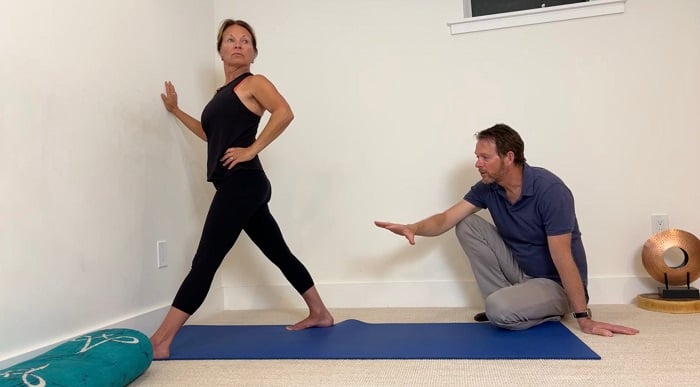


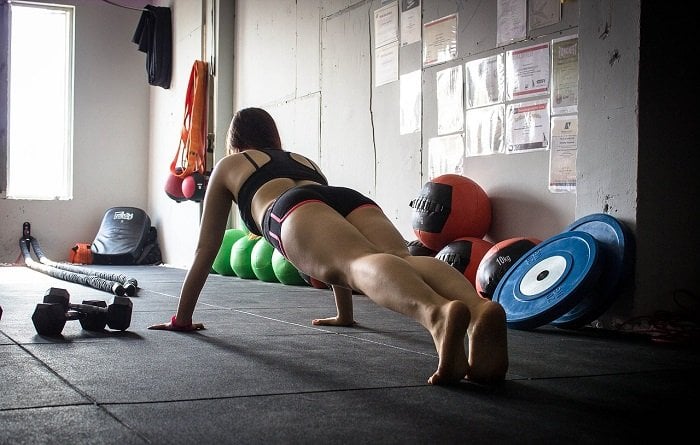
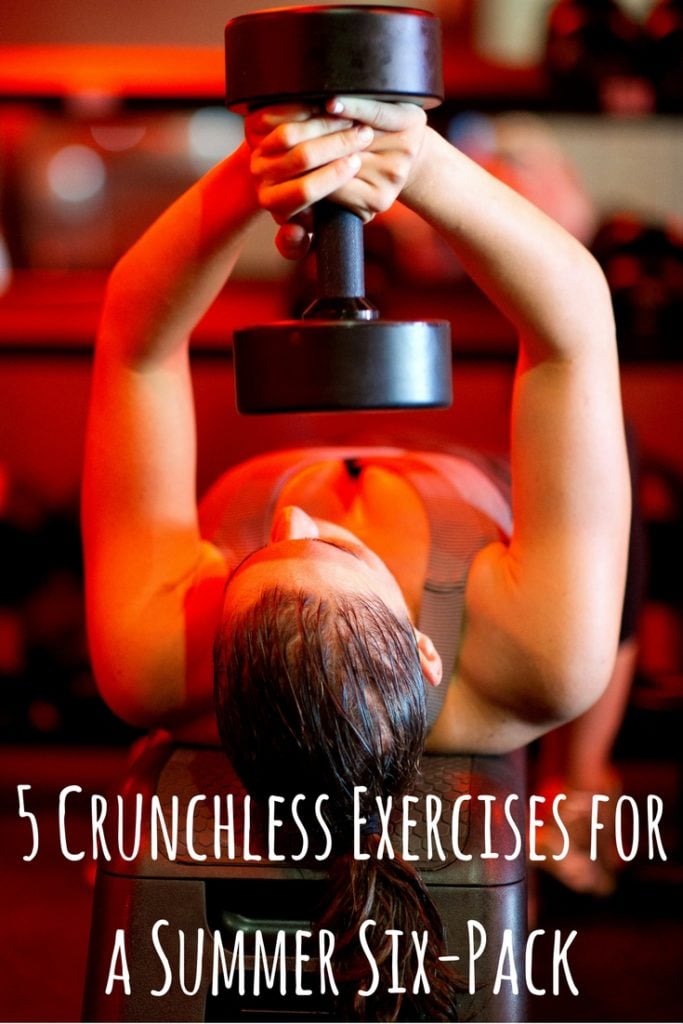 Additionally, crunches are ineffective at building
Additionally, crunches are ineffective at building 

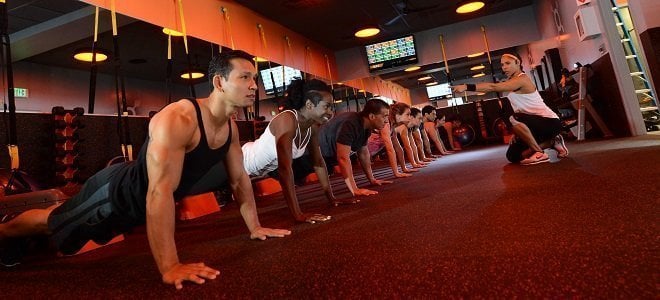
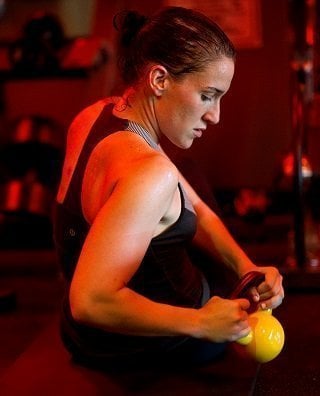 Seated Russian twist
Seated Russian twist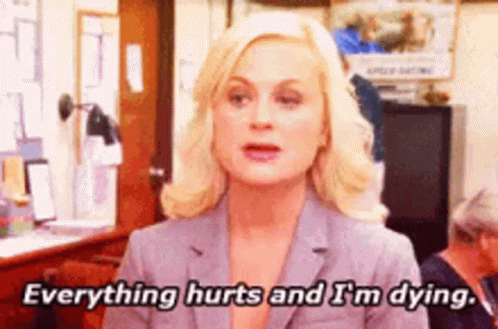

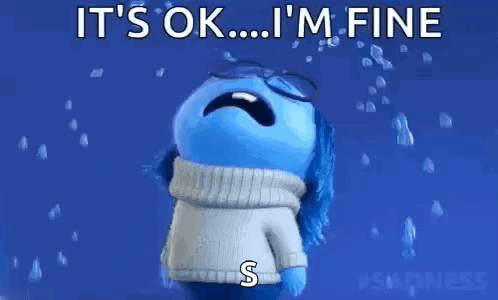


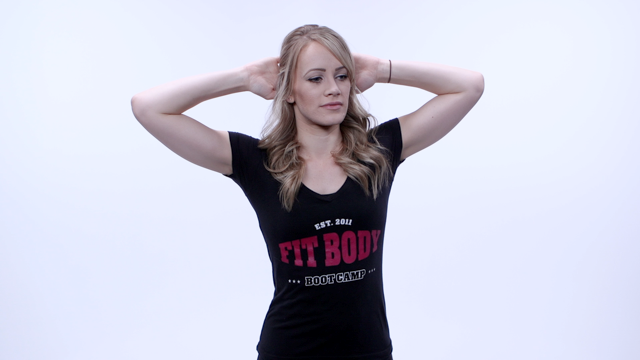

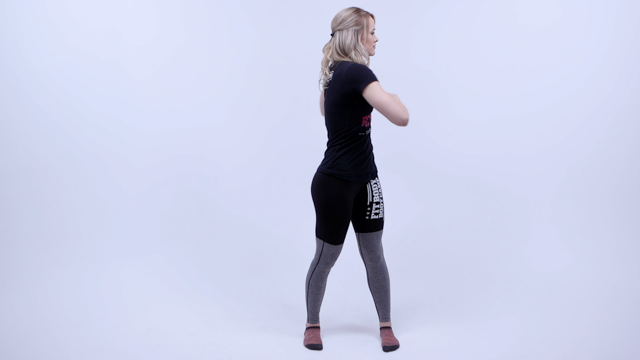
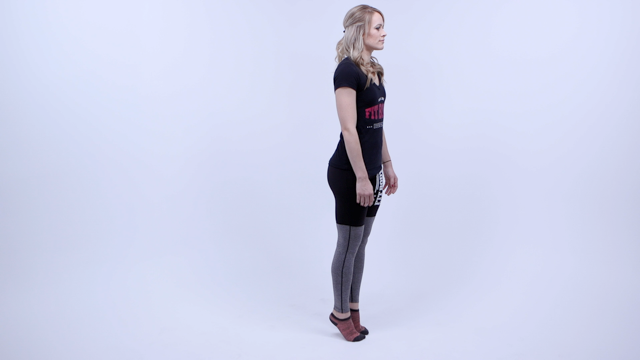


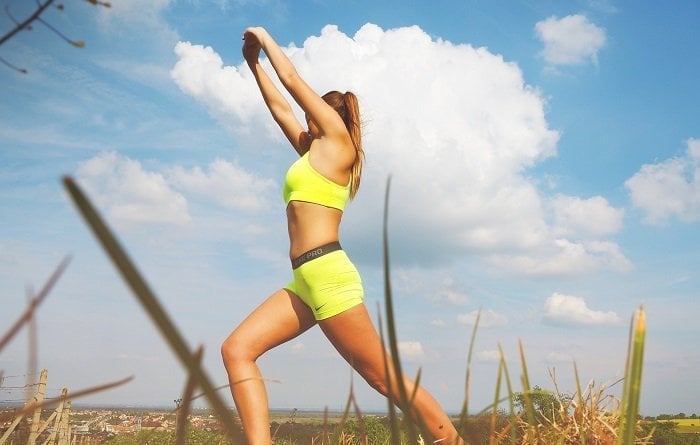
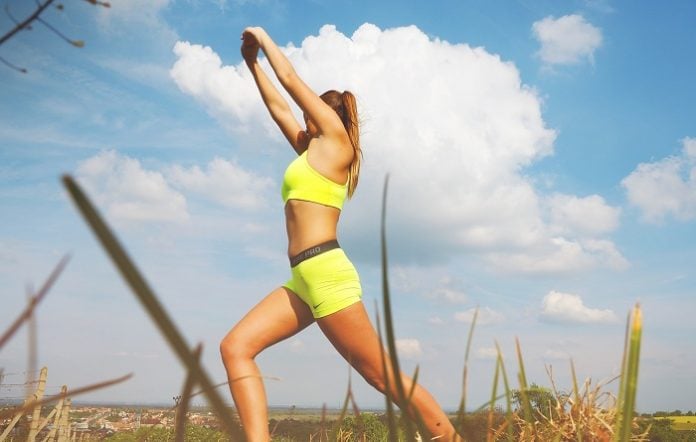
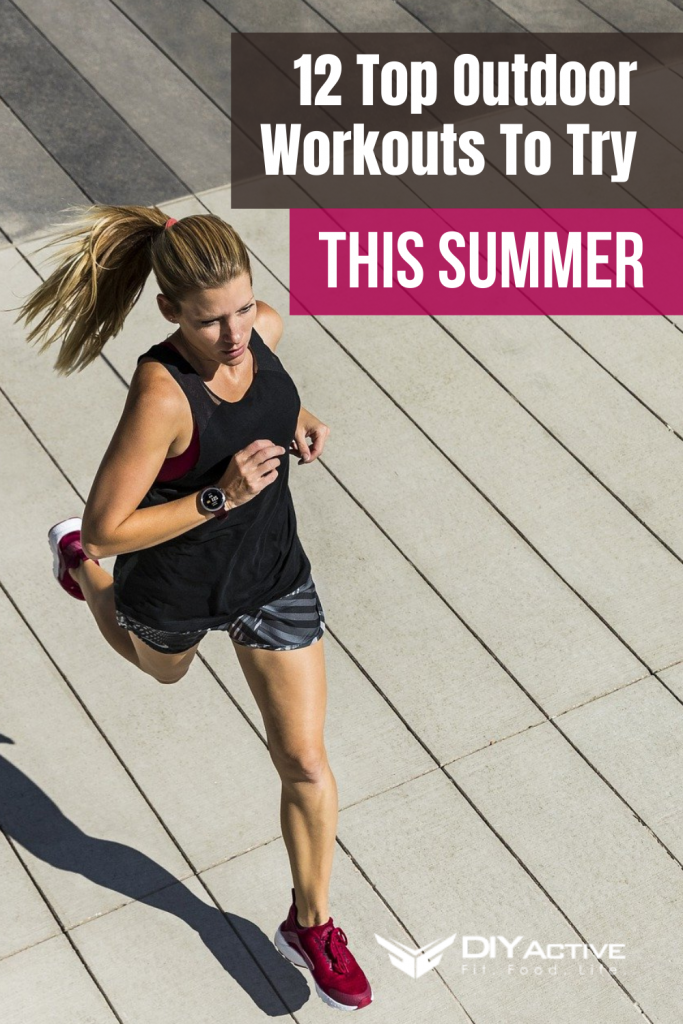 4. Rings and TRX
4. Rings and TRX